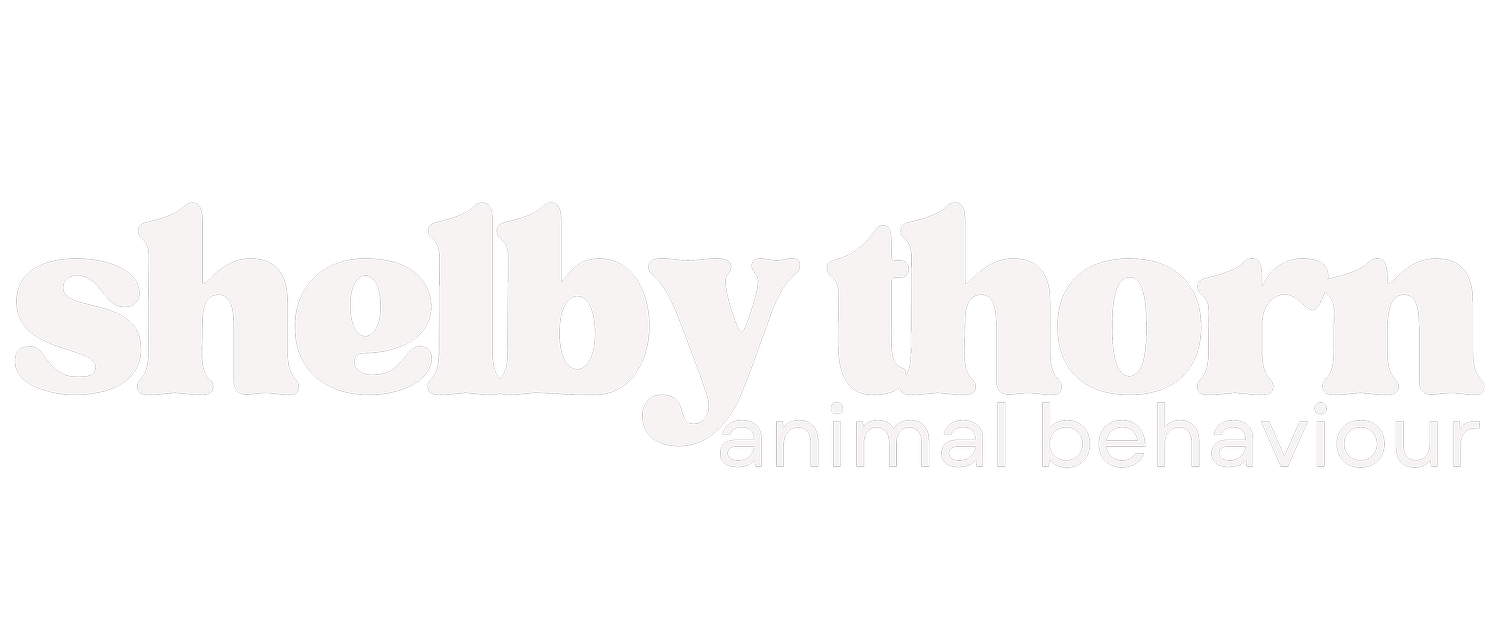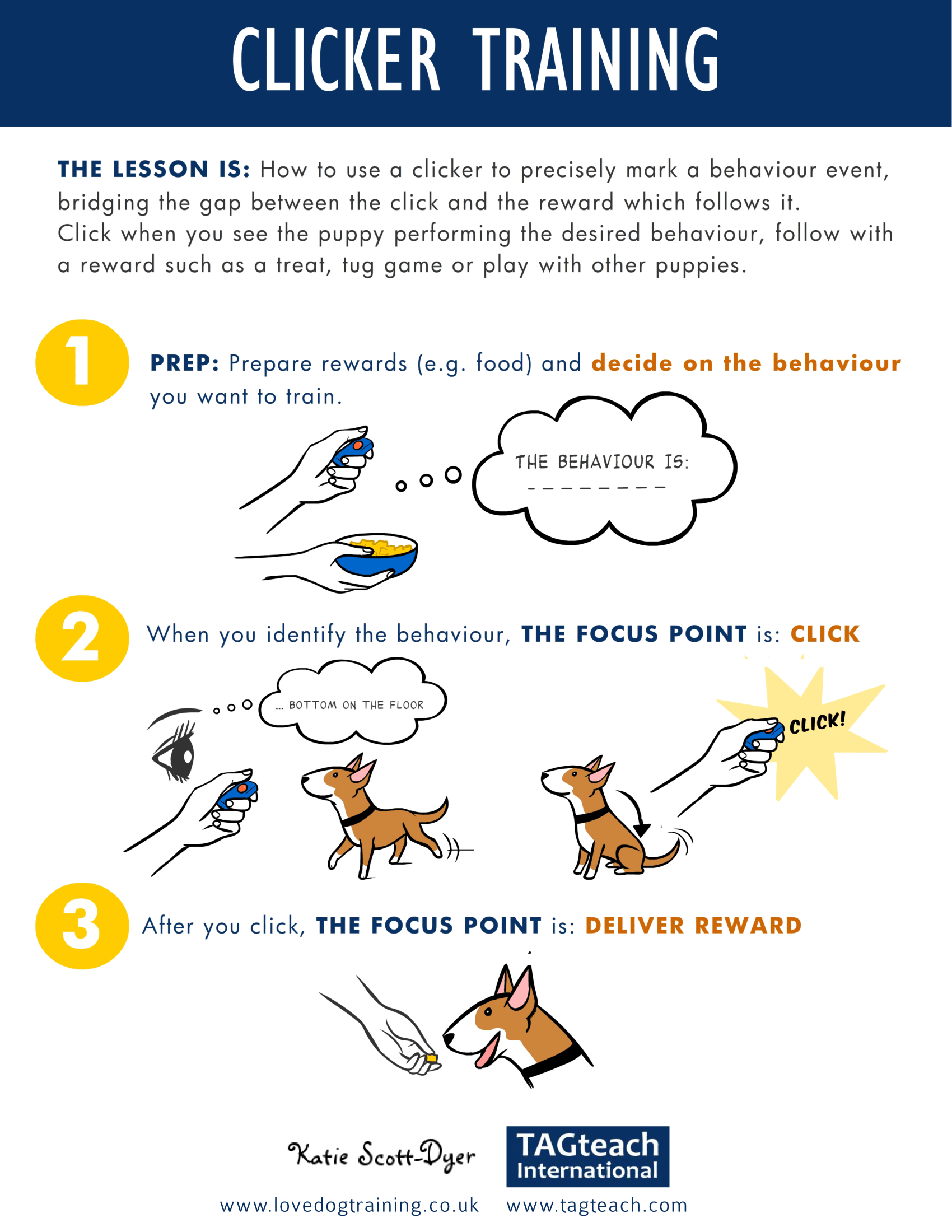How Do I Train My Pet To Do Anything? Marker or Clicker Training Explained.
Marker training is like a secret code between you and your pet. It’s a simple, effective way to communicate exactly when your pet is doing something right.
When a behaviour is marked by a marker and followed by a reinforcer, your pet is more likely to repeat that behaviour. Over time, as behaviours are repeated and consistently reinforced, they become habits that no longer need a reward to be performed—they’re done habitually. By using a special sound or word, called a ‘marker’, you let your pet know they’ve just performed a desirable behaviour and a reward is coming. It’s like giving your pet a high five with your voice or a clicker—immediate, clear, and rewarding!
Should I use a clicker or marker?
A clicker is a small device that makes an unmistakable ‘click’ sound when pressed, making it great for precise timing and effective in noisy environments. We also find that dog’s who struggle with impulse control respond particularly well to clickers compared to markers. It's easy for pets to hear and understand but requires some practice from the handler to get the timing just right. On the other hand, a verbal marker uses your voice to mark desired behaviour, making it more convenient. There is no right or wrong! We encourage starting with what works best for you, and if a pet is not responding after consistent practice, consider changing it up!
What should my marker word be?
Your marker word can be anything – as long as you’re consistent! We recommend sitting down as a family or household, and choosing a short, sharp word that everyone can agree on. “Yes” is the most common verbal marker used in animal training, however some other examples include:
How do I marker train my pet?
Pick your marker: Decide if you want to use a clicker or a word. Stick with the same marker every time to avoid confusion. The key is consistency!
Condition your pet to the marker: Before you start using the marker for training, you need to teach your pet what it means. This is referred to commonly as ‘charging the marker’. Simply say your chosen marker, or click, and immediately give your pet a food reward. Over time, your pet starts to associate the sound with the presentation of a treat, and it becomes a predictable pattern. Your pet doesn’t need to be doing anything, we’re simply conditioning them: marker = reward.
Repetition is key: Aim to practice this 5 times, 5 times a day, for 5 days. By the end of the week most pets are then conditioned to the marker, and you can start to use it practically in your training!
How do I know my pet has learned the marker?
As your pet learns the marker, you'll notice signs of progress. As learning occurs, they should begin to show an immediate, visual reaction to the marker, such as looking at you with understanding that it signals something is coming. They may also become excited or seem eager to repeat desirable behviours for the opportunity of reward.
Will I have to use treats forever?
Treats, or other forms of reinforcement, are an essential part of the learning process at first, but you won’t need to rely on them forever. In the beginning, marking and reinforcing with treats helps your pet understand what behaviour is being rewarded. As your pet learns, you can gradually reduce the frequency of treats, switching to intermittent reinforcement—rewarding them sometimes but not every time. Eventually, behaviours will become so ingrained that they’re performed automatically, without needing constant marking or reinforcement. Treats will still be helpful for keeping your pet motivated, but they won’t be necessary for every behaviour.

